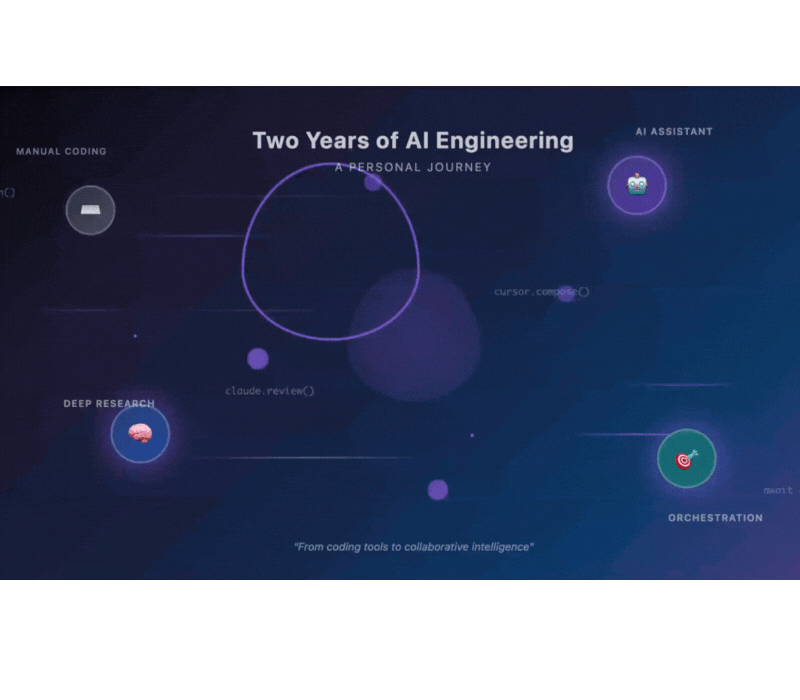As this is being written, Google has made a stunning announcement.
At its I/O 2018 conference, the company unveiled a demonstration of a digital assistant making a voice call to a human being to schedule an appointment for a haircut.
It seems obvious that voice technology holds tremendous promise for the future. But is it ready for companies to start harnessing its power in digital products for their customers and users right now?
The answer is yes, even though the technology has some limitations. (More on challenges here)
Voice could be an outstanding way for companies to bring new levels of value to their digital products, and therefore their customers. Based on our experience developing a proprietary digital assistant app for a client, there are just a few approaches we recommend to ensure the products they create work well and don’t get lost in the noise (if you’ll pardon the pun).
Make sure there’s value
With any new technology, the biggest mistake a company can make is using it for its own sake. The idea of using your voice to operate a device is cool, but if it doesn’t provide value, then it becomes just a novelty.
What today’s technology does permit you to do is run tests so you can learn how it adds value and how your customers will accept it. This is valuable even if you don’t deploy an innovation due to the youth of the technology. You should still be learning the technology’s potential, because when it matures, it will happen fast.
If you’re going to incorporate voice into your digital products, figure out how, or even if it will enhance the user experience. This will involve having a keen understanding of your customers’ needs and how they interact with your product. It may also require some experimentation to see what voice-operated functions users like and use the most.
Make the experience great
Once you know you can add value with voice, be sure that the experience you provide is great. As a young technology, voice has limitations, as we noted above. The best thing to do is to work within those limitations.
Keep the experience simple by focusing on a specific area or function, then make that function work really well, even if it’s just a small part of an overall experience. If you try to make voice do too much, it could detract from the usefulness of the software and cause you to lose users.
Don’t lose the screen yet
Perhaps the most important lesson about voice technology is that, for the most part, it’s not ready to divorce itself from the screen yet. In fact, a combination voice-and-screen interface actually works really well.
While the voice operation makes it easy for the user to give commands, the screen is far better at providing information to the user. With a screen, information can be displayed simply and graphically, instead of the user having to listen intently for the facts they need.
A screen is also a good backup interface, in cause the user prefers to use it, or is suffering from a case of laryngitis.
Despite the challenges, voice technology does hold tremendous promise. It’s a more natural way for humans to communicate, and it could (and in some cases already does) eliminate the need to interact with a screen.
With technology giants like Amazon, Google and Apple investing so much into voice, it seems clear that’s where the future lies. It has a long way to go before it has the versatility and utility that screen-based interfaces do, but that doesn’t mean companies can’t and shouldn’t begin exploring the possibilities of voice now.



